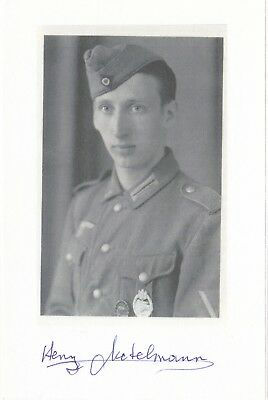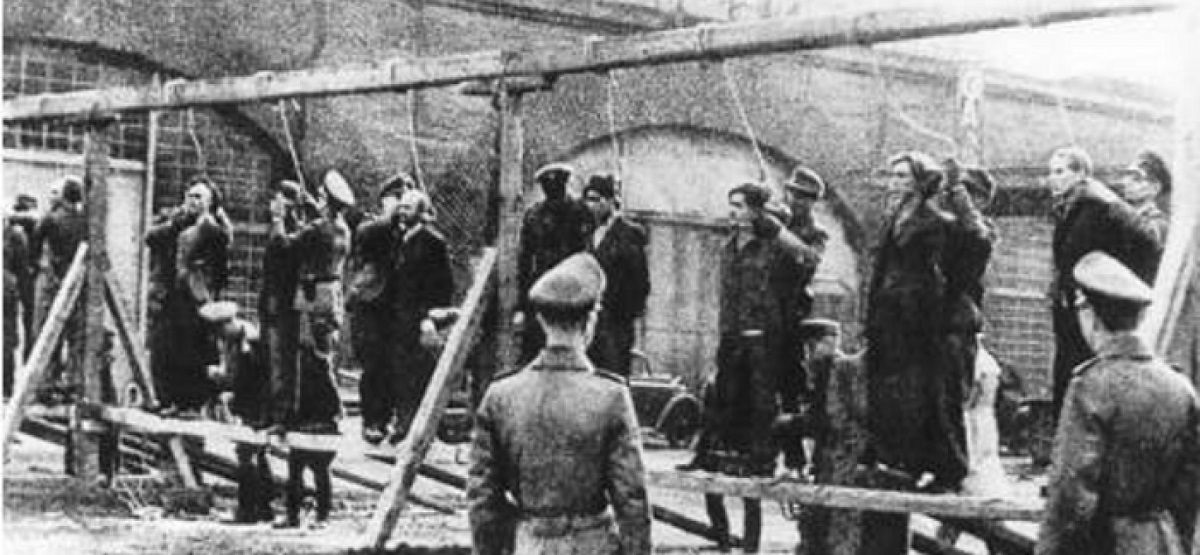
The Hitler Youth
Key question: how did the
Hitler Youth movement indoctrinate young
boys?
Base answer: by providing a military style ‘club’ - of
which boys wanted to be a member.
Main idea: Nazification and indoctrination
There was already a long and well established
tradition of youth organisation in Germany
before 1933, but at that time the Hitler Youth
(Hitler Jugend) represented only one per cent of
the total.
The term ‘Hitler Youth’ was a range of youth groups and from 1933 - 1939 the structure and membership of the Hitler Youth grew quickly - parents were pressurised to enrol the children and by 1939 membership became compulsory. By then all other youth organisations had been abolished.
Youth groups
In all four groups shown in the table below
there was a great stress on political
indoctrination, emphasising the life and
achievements of the Führer, German patriotism,
athletics and camping. The sexes were moulded
for their future roles in Nazi society. Boys did
physical and military-type activities, e.g.
target shooting, and girls were prepared for
their domestic and maternal tasks, e.g.
cooking.
Success or failure?
Key question: Did Nazi
education succeed?
Base answer: ‘education’ is an intangible - therefore
it cannot be accurately measured, but it can be
said that Nazi education led to traditional
subjects being taught less and less well, and
physical activities were promoted much more.
Main idea: Nazification and
indoctrination
Teaching
The teaching profession felt under threat.
Thirty-two per cent were members of the party in
1936. The anti-academic ethos and the crude
indoctrination alienated many. Not surprisingly,
standards in traditional academic subjects had
fallen by the early years of the war. Standards
fell fast, especially in the élite schools,
where physical development predominated. By 1938
there were teaching 8000 vacancies, but only
2500 teacher graduates.
Youth conformity
The
impact of the Hitler Youth was mixed. Emphasis
on teamwork and extracurricular activities was
positive. The provision for sports, camping and
music genuinely excited many youngsters, and for
those from poorer backgrounds the Hitler Youth
offered real opportunities.
Significantly, the Hitler Youth successfully
conveyed to many youngsters an atmosphere of fun
and a sense of belonging to the new Germany,
here expressed by a young member, Heinrich
Metelmann:
“The structural system of that youth organisation was based on the military. Our group consisted of about 150–200 boys, subdivided into three troops – just like a company of soldiers. We met together, marched and played together in close comradeship until the age of 18 … Every company had a Heim [home; often a barn or cellar] which we decorated in a nationalist/militarist style. Swastika flags, and other Nazi emblems had places of honour, as well as decorated pictures of our Fuhrer - but when we had our close togetherness there, we felt happy on our own. We were sure and proud that we were the future of Germany, come what may.”

But there were many young people who could see
what was happening.
Throughout Germany, many young people sensed
or saw what Hitler was doing and they were the very
few who opposed the Nazis. That was a terribly
dangerous thing to do, because it only took one or
two reports to the secret police and there'd be a
knock on the door late at night and the young people
would disappear for ever.
These people evolved into
The Resistance who had to lead
secret lives, appearing as normal as they could,
yet in secret, plotting acts of saboutage
against the Nazis. Being caught meant instant
death or being sent to a concentration
camp.
One of the most well known were the Edelweiss Pirates.
The Edelweiss Pirates was a set of groups of youths who disagreed strongly with what they could see was going on. A large movement, they refused to join the Hitler Youth group or the female equivalent and preferred their own ideas and methods of social grouping and interaction. Sometimes they actively fought Hitler Youth members - and the pirates formed the basis of the resistance against Hitler. Shorts, in those days, were quite short shorts.

The most dreadful thing about. resisting an invader is that if you are caught, you die. In the most horrible ways - after being tortured. This picture shows a group of teenagers about to be hanged.
